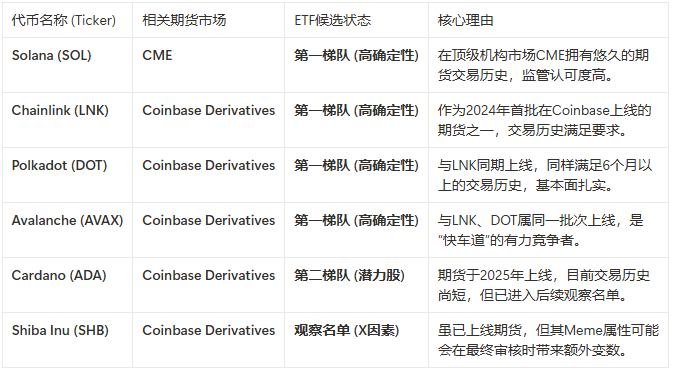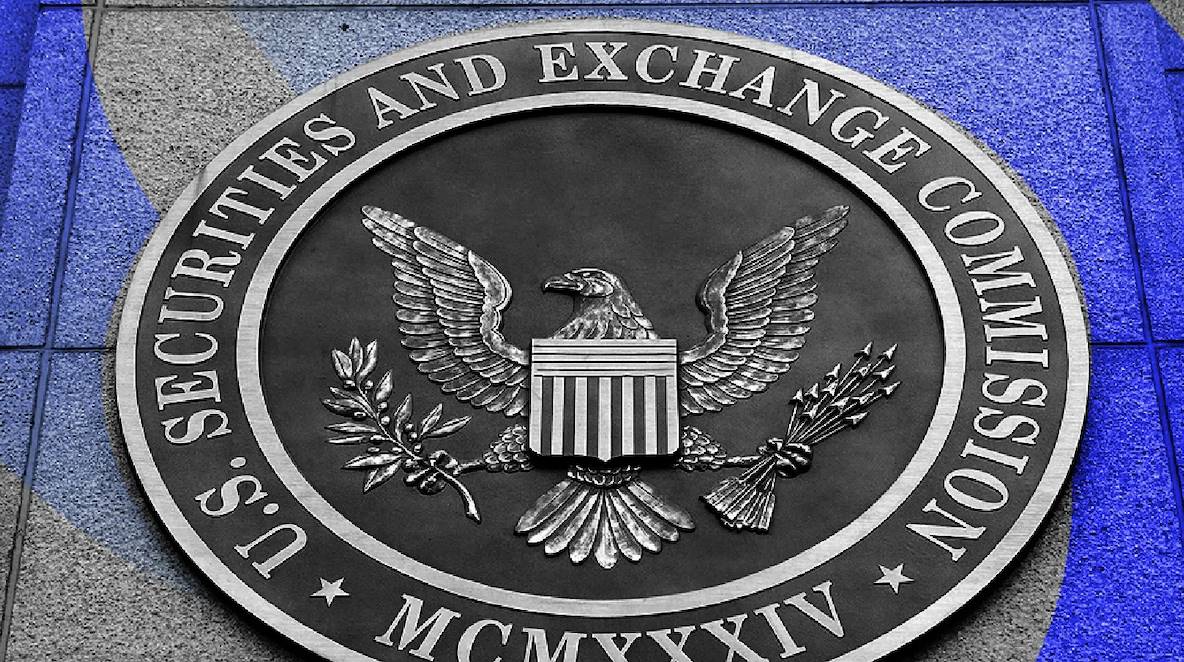Written by: Luke, Mars Finance
In January 2024, the approval of Bitcoin spot ETF was a successful "beach landing" for crypto assets into the traditional financial fortress. However, the true "Normandy moment" - a decisive, systematic, large-scale "main force" landing - is quietly beginning with a seemingly ordinary regulatory document.
Recently, rule change proposals submitted by Cboe BZX Exchange and Nasdaq (SR-CboeBZX-2025-104 etc.) are attempting to establish a "universal listing standard" fast track for Altcoins. This is not a small-scale reinforcement, but a carefully planned "institutional landing". Its core tactics are twofold: first, to open a standardized highway for subsequent troops (Altcoin ETFs) to continuously enter; second, to quietly add a "new weapon" to the arsenal - Staking Yields tacitly approved by regulators.
In this grand financial transformation landscape, when we carefully examine the "landing site" and the controllers of the "logistics supply line", one name prominently emerges: Coinbase. This largest US crypto exchange is being pushed to the "biggest winner" throne by these new regulations, thanks to its unparalleled ecosystem advantages.
From Case-by-Case Approval to Highway
Previously, any crypto ETF's birth required SEC's lengthy and strict "case-by-case approval", filled with uncertainty. The new "universal listing standards" completely changed the game rules, with the core being: any crypto asset with futures contracts stably trading for six months under CFTC-regulated markets (like CME or Coinbase Derivatives Exchange) qualifies for a "fast track" spot ETF listing.
SEC's intent is to establish a scalable regulatory framework, but objectively, this has "decentralized" part of the approval rights. The new power center has shifted from SEC offices in Washington to platforms capable of providing compliant futures trading.
While CME is one such platform, it focuses more on mega-cap assets like Bitcoin and Ethereum. For the vast Altcoin world, Coinbase Derivatives Exchange is undoubtedly the true "beachhead". It has the flexibility and willingness to list more diverse Altcoin futures. Therefore, a project's ability to ETF-ize its token has transformed from lobbying SEC representatives to striving to list its futures product on Coinbase Derivatives.
First Wave Landing Troops: Candidate List Clearly Visible
These clear rules allow us to escape pure speculation for the first time, directly locking onto the first batch of "landing troops" based on a clear formula. These "advance troops" have completed "pre-battle exercises" in compliant futures markets, with ample ammunition, awaiting the battle cry.
Based on this logic, the first batch of most likely approved Altcoin ETF candidates has emerged:
Coinbase camp candidates include: Avalanche (AVAX), Chainlink (LNK), Polkadot (DOT), and even the highly heated Shiba Inu (SHB). These tokens' futures contracts were filed or listed on Coinbase Derivatives in 2024, and by the time the new regulations are officially passed, their "service" time will far exceed the six-month hard requirement.
From the CME camp, the heavyweight contender is Solana (SOL), whose futures products have long been stable on CME, with an extremely strong compliance foundation.
Therefore, while the market is still discussing "who will be next to be approved", the answer is already hidden in the exchanges' public information. These assets will be the first wave of ETF products to impact Wall Street after the new rules pass. Following closely will be assets like Cardano (ADA), which were slightly later in futures listing, forming the "second echelon".

Why Coinbase is the "Chosen One"
If becoming the "admission gate" is the strategic advantage brought by the new regulations, the clause about staking directly points to enormous commercial interests. When we can anticipate an "ETF with staking yields" for Solana or Polkadot, we can understand the power of this clause.
The new regulation's 14.11(e)(4)(G) clause ingeniously stipulates that as long as the ETF issuer can ensure 85% of assets are redeemable at any time or establish a comprehensive "liquidity risk management plan", ETF products containing staking yields are permitted. This effectively "tacitly approves" packaging the native revenue mechanisms of the DeFi world into Wall Street's most mainstream financial products.

Who is the biggest beneficiary of this business? Still Coinbase. As one of the world's largest and most trusted institutional-level staking service providers, Coinbase Custody is almost the first choice of partner for all ETF issuers. Regardless of which token in the above list is ETF-ized with staking, Coinbase will earn service fees and revenue sharing by providing custody and staking services, with its staking business division set to experience explosive growth.
Comprehensively, the SEC's new regulations are like a tailor-made gift for Coinbase's "full-stack" business model. It perfectly connects every link in the Coinbase ecosystem, forming a powerful business flywheel:
Futures Market (Entry): Coinbase Derivatives becomes the "qualification certification center" for ETFs, attracting all projects eager to be mainstream, bringing trading volume and listing fees.
Staking and Custody (Engine): Coinbase Custody becomes the "core infrastructure" for staking ETFs, providing services for underlying assets of future ETFs like AVAX, SOL, DOT.
Spot Market (Foundation): ETF's subscription and redemption mechanism will bring massive trading depth and transaction fees to Coinbase's spot market.
Regulatory Cooperation (Moat): ETF issuers must sign "monitoring sharing agreements" with underlying futures markets, making Coinbase an indispensable "regulatory tech" partner for Wall Street giants like BlackRock and Fidelity in the Altcoin realm.
These interconnected advantages transform Coinbase from a crypto industry leader to the "core hub" connecting the crypto world with traditional finance.
Conclusion: From "Monitoring SEC" to "Focusing on Coinbase"
Just as the "Normandy Landing" marked the turning point of World War II's European theater, this "universal listing standard" proposal marks the turning point of crypto assets' integration into mainstream finance. It heralds a new era driven by clear rules: an era of large-scale, replicable Altcoin ETF-ization.
In this grand historical process, SEC, through a clever institutional design, has solved its own regulatory challenges while unintentionally "crowned" a new king. The market's focus may shift from daily guessing about SEC's attitude to more practically observing Coinbase's next move - because each of its futures listing decisions could be sounding the assembly call for the next ETF landing on Wall Street, with a list already clearly visible.






